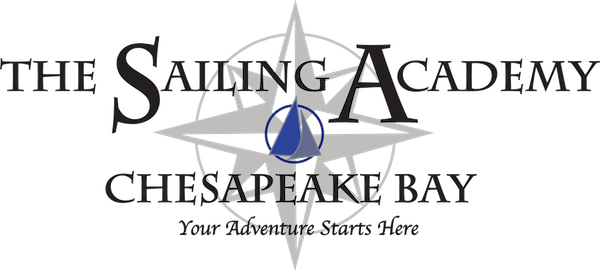Frequently Asked Questions
-
What Should I Wear to My Sailing Course?
Make sure your clothing is comfortable. Loose fitting or stretchy as you may be moving around a bit on the boat and need a good range of motion.
Next, think LAYERS. We all get hot or cold very easily and each of us has different thresholds. On a warm day, T-shirts and shorts are acceptable, while some prefer longer shirts and pants. If you come in layers of clothing, you can easily put more clothes on or take some off as the temperature and activity dictate.
SHOES: Anything that protects your toes and is slip resistant will work. Also, make sure the shoes won’t leave marks on the boat, or you may have some scrubbing to do at the end of the day. Most tennis shoes work well. A good way to check to see if your shoes are scuff resistant is to go outside and try to leave a mark on the cement or sidewalk. If you can’t, you are okay with those shoes.
-
What is Provided by The Sailing Academy?
All scheduled classes include study materials, tests, classrooms, the boats, instructors, and ASA certification fees. Life vests (PFDs) are on all boats.
-
What About Lunch?
You may bring a lunch or eat at one of the local restaurants. We recommend docking at a local restaurant for lunch. Those who bring a lunch may eat aboard the boat, those who would like to eat out may eat at the waterfront restaurant. Part of the sailing experience is discovering new places to go by boat to eat!
-
What Should I Bring?
A water bottle is essential. Optional gear you may want to bring: Sunscreen lotion, sunglasses, a hat with a clip so when the wind blows it off your head you won’t lose it, and if you have your own life vest, feel free to bring that too.
If you received your books before the course, please bring the entire packet.
Please consider bringing cash to tip your captain if you enjoy the course.
-
Can I Bring My Children?
Yes! Children are welcome as long as you register as a family. As a general rule, if you feel that they will not distract you from learning, they will not distract us from teaching. Depending on ages, we include children in several aspects of sailing and rigging the boat, so that you learn to sail as a family. Children are usually excited to be part of the action! You would never hand the wheel of a motorhome over to a 10-year-old, but they can take the helm of a cruising sailboat! Ever try bringing the kids out for a round of golf? We believe sailing is the perfect family sport, everyone can get involved.
-
I Have Some Sailing Experience, Do I Need to Take Sailing Basics Before ASA101?
To receive your ASA 101 certification, you must be able to proficiently handle a sailboat of about 20′ in length on your own. That is quite a bit of proficiency to gain in a few days if you are new to the sport. If you have prior experience at the helm of a sailboat and a basic working knowledge of the sport, you may begin with ASA101. Although, we only certify students who can perform all the required sailing skills confidently by the end of the courses. Because we do not automatically pass students, we recommend that beginners start with Intro To Sailing.
-
Once I Take a Course, How Do I Gain Sailing Experience?
The Sailing Academy charters our school boats to students who have completed ASA101. We also have a sailing club for those who want to sail regularly yet are not ready to buy a boat.
-
I've Heard That The Sailing Academy Is "Cruising-Focused," What Does That Mean?
Sailing breaks down into two basic categories, cruising and racing. Cruising simply means non-competitive sailing with family and friends. It could be simply cruising around the Chesapeake Bay or around the world. Cruising boats are built more for room and accommodations than for speed. Racing boats are built for speed and performance with fewer amenities in the cabin below. Although we do race our boats to improve our sailing skills, we focus on teaching students who want to sail for relaxation with family and friends. There are whole sets of skills that cruisers need to know that simply do not apply while racing around the buoys (and vice-versa). The school founder has extensively cruised the Bahamas with his wife and children on his boat and brings that wonderful experience to The Sailing Academy.
The Sailing Academy
Quick Links
All Rights Reserved | The Sailing Academy
This site is protected by reCAPTCHA and the Google Privacy Policy and Terms of Service apply.

